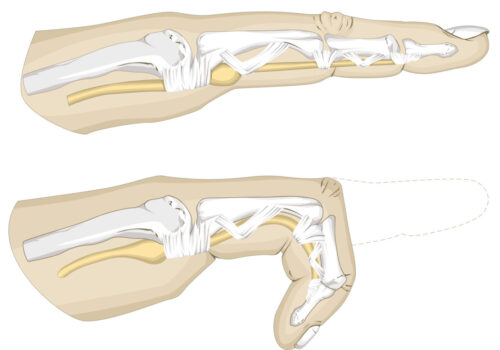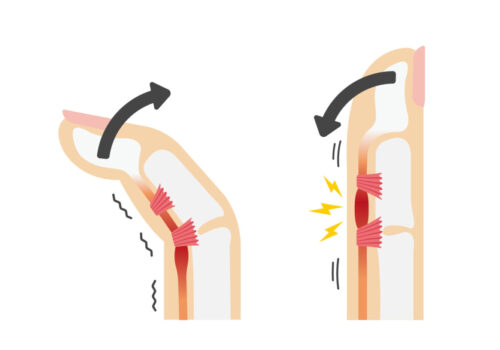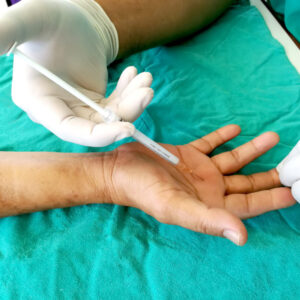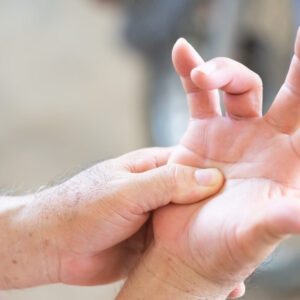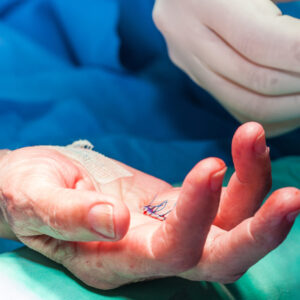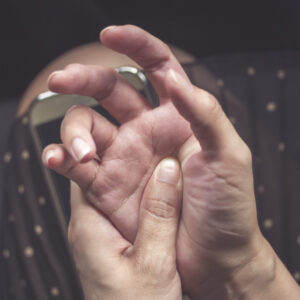email: [email protected]
call: 07494 250277
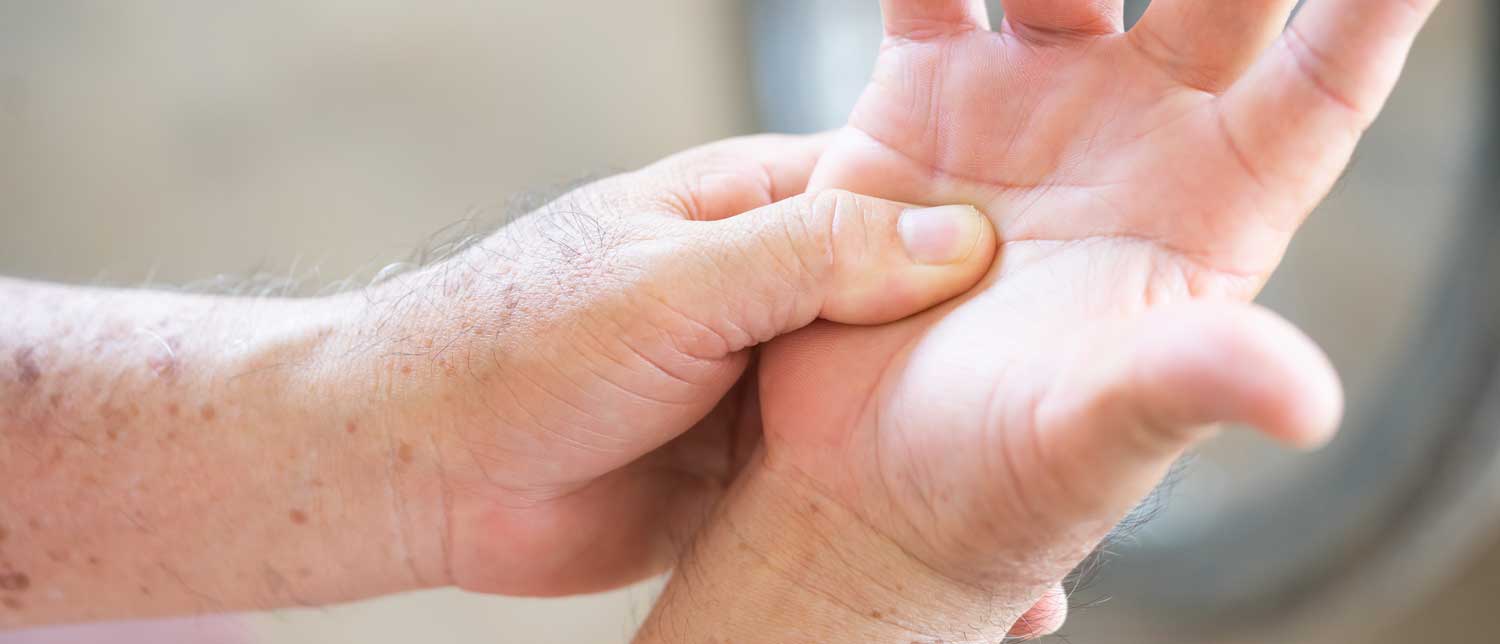
Trigger Finger
Trigger Finger
Trigger finger is caused by a thickening on the tendon catching as it runs in and out of the sheath. You can often feel this swelling in the palm as you move the finger. Often the finger sticks in a bent position, especially on waking in the morning. Pulling the finger straight is uncomfortable.
The flexor tendons that bend the fingers run from the forearm. In the fingers, there is a complex system of pulleys called the flexor sheath.
The tendons are lined by a layer of tissue called the tenosynovium. This allows them to glide smoothly through the various pulleys. As we age, the tenosynovium degenerates and thickens, a condition called tenosynovitis.
There are two ways of treating trigger finger
- Steroid injection: A small amount of steroid is injected around the tendon. This flattens out the swelling on the tendon allowing it to glide freely in and out of the sheath once more. A single injection is all that is needed in half of cases. A further 25% will respond to another injection (i.e. three-quarters of cases can be successfully treated in this way).
The steroid injection does not work immediately. It causes no general side-effects but occasionally the skin around the injection-site can be made a little thinner. Therefore two injections are the maximum.
- Steroid injection: A small amount of steroid is injected around the tendon. This flattens out the swelling on the tendon allowing it to glide freely in and out of the sheath once more. A single injection is all that is needed in half of cases. A further 25% will respond to another injection (i.e. three-quarters of cases can be successfully treated in this way).
Very rarely can the injection worsen your symptoms. If after your injection you experience significant pain you should contact the staff of the hospital.
- Surgery: This is needed if the steroid injections do not work. It involves a small procedure which is normally performed under local anaesthetic. A small cut is made by the surgeon in the crease of the palm. A slit is then made in the mouth of the sheath to prevent the tendon catching at this point.
The condition can occur in any finger and therefore the triggering may return in the affected or other fingers. This is, however, very unusual if you have had surgery.
After the operation your hand will be dressed with a supportive dressing that permits finger movement and light hand use. You will be discharged with specific instructions relating to hand exercises and wound care. Your stitches will be removed two weeks after your operation. The staff will arrange this for you before you go home.
What are the risks of trigger finger surgery?
- Infection: Any operation can be followed by infection and this would be treated with antibiotics.
- Scar: You will have a scar on the palm. This will be somewhat firm to touch and tender for 6-8 weeks. This can be helped by massaging the area firmly with the moisturising cream.
- Stiffness: About 5% (1 in 20) of people are sensitive to hand surgery and their hand may become swollen, painful and stiff after any operation (algodystrophy). This problem cannot be predicted but will be watched for afterwards and treated with physiotherapy.
- Nerve injury: The nerves running to the fingers can be damaged during the surgery causing numbness in part of the finger. This complication is very rare and the nerve would be repaired immediately, if your surgeon did inadvertently cut it during the operation.
Mr Fitton would be pleased to meet you to discuss your case and to give you more information and advice.
You may also wish to visit the British Society for Surgery of the Hand.



